blog
Interview with photographer Catherine Panebianco
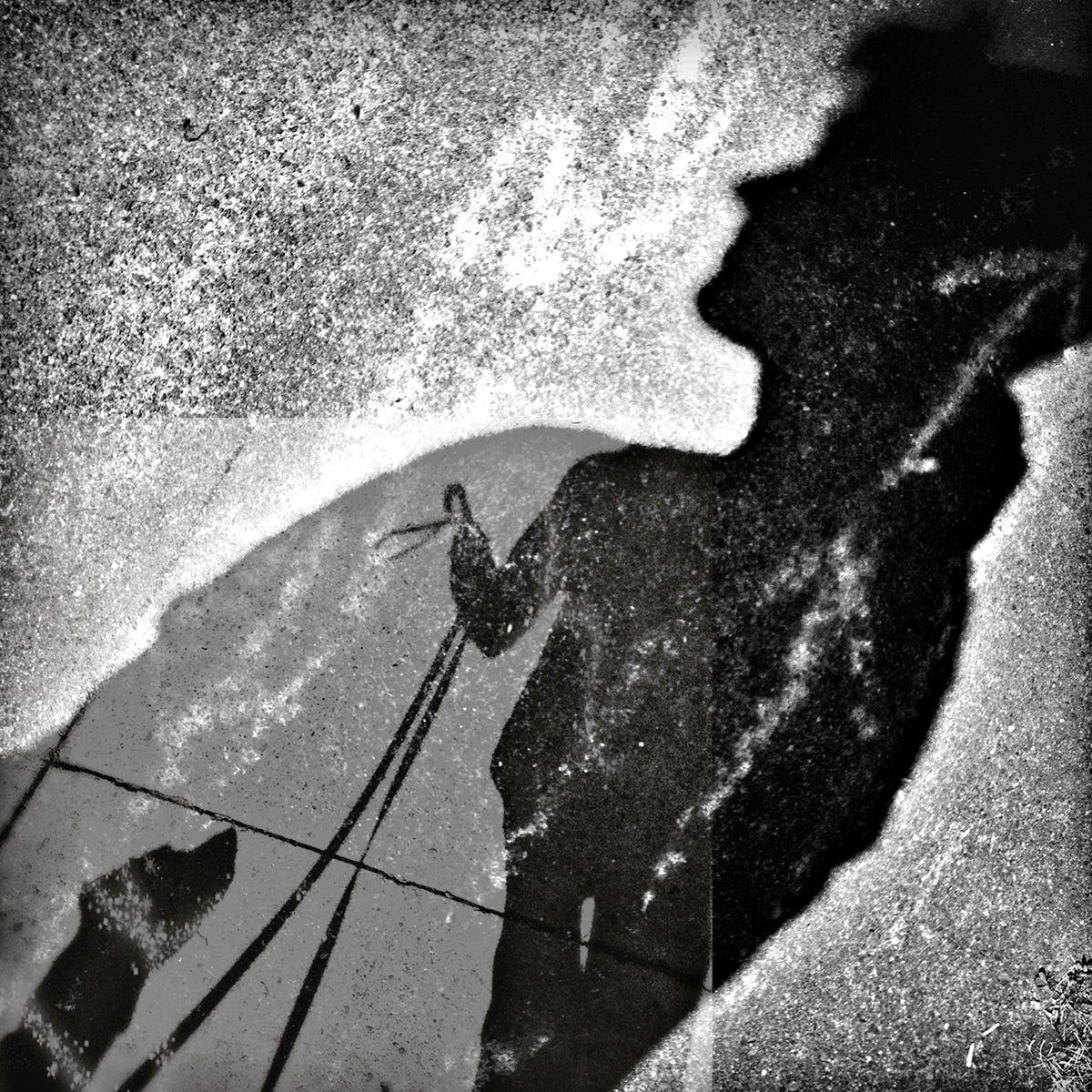
From ‘Anima Fabula’ © Catherine Panebianco
The work of Catherine Panebianco was already familiar to me before reviewing her work featured in Issue #116. I knew of Panebianco’s work from her project No Memory is Ever Alone and her book Holding Time, which was published by Yoffy Press in March 2022. Her project was created in response to her father’s old color slides taken during time with his family. The book is rather poignant, and it’s a reminder that you are always carrying your past into your present (quite literally for her in this project). It has been a pleasure to interview her, and ask about the work in her current Anima Fabula project.
::
Cary Benbow (CB): Why do you photograph, or what compels you to create work?
Catherine Panebianco (CP): I have always photographed to express how I’m feeling, or what is happening in my life at the time. Often, I’m compelled to make images because there is something I am working through, and it helps me to better understand it by visually expressing it rather than through words. Photography is how an introvert like myself can express difficult things.
CB: What kind of stories do you wish to tell with your work?
CP: I am drawn to telling stories about connection and how those connections influence us.
CB: Can you please explain the idea behind your images in Anima Fabula? How do they relate to your other projects, or how are they significantly different?
CP: The images in Anima Fabula came about initially because I have always been an animal lover. We moved around a lot as a child, and our pets were always my best friends. The connection humans have with animals, both domesticated and wild, has always interested me. All the stories I tell through my photography have a similar theme about connection. Anima Fabula is about humans’ connection with the animal world, but my prior series, No Memory is Ever Alone, was about the connection between our past and present – and how that affects or influences us. The series Benny Was a Good Boy was about the connection I had with my dog and the last year of his life, but it became more about how we deal with grief.
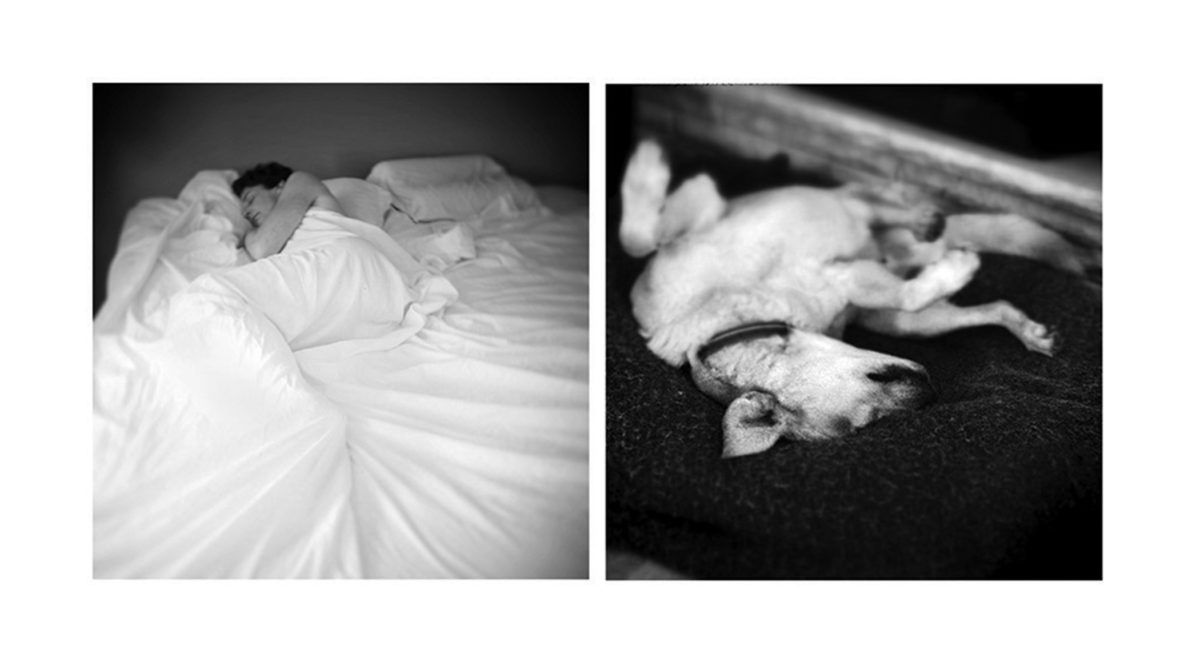
From ‘Benny Was a Good Boy’ © Catherine Panebianco
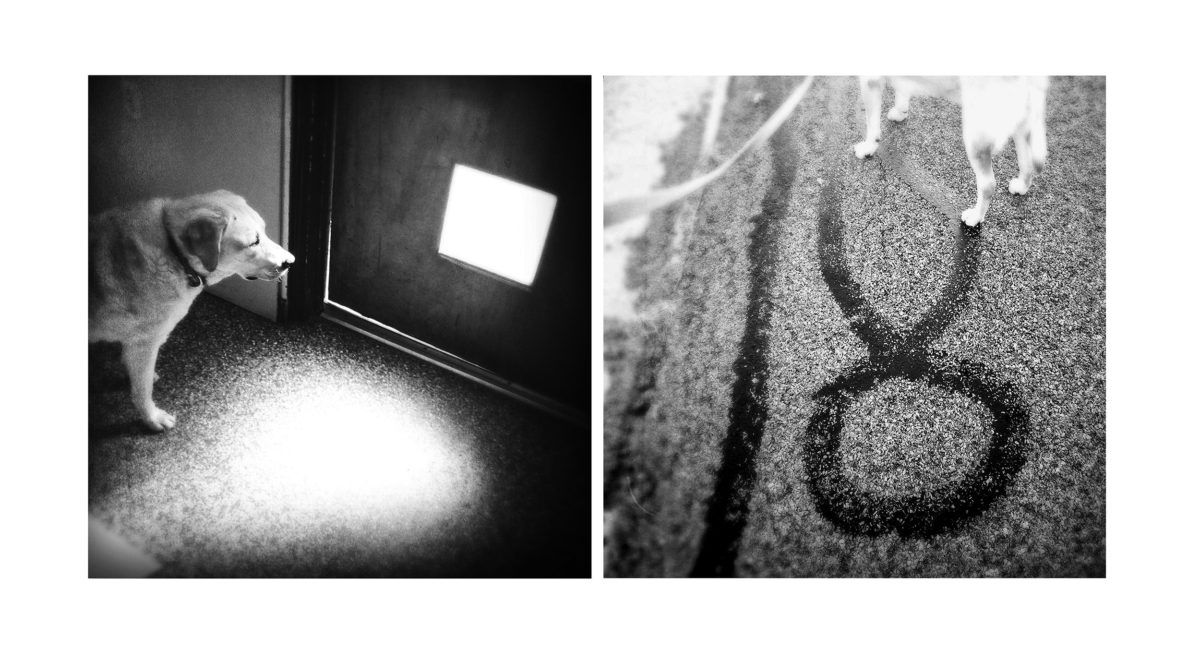
From ‘Benny Was a Good Boy’ © Catherine Panebianco
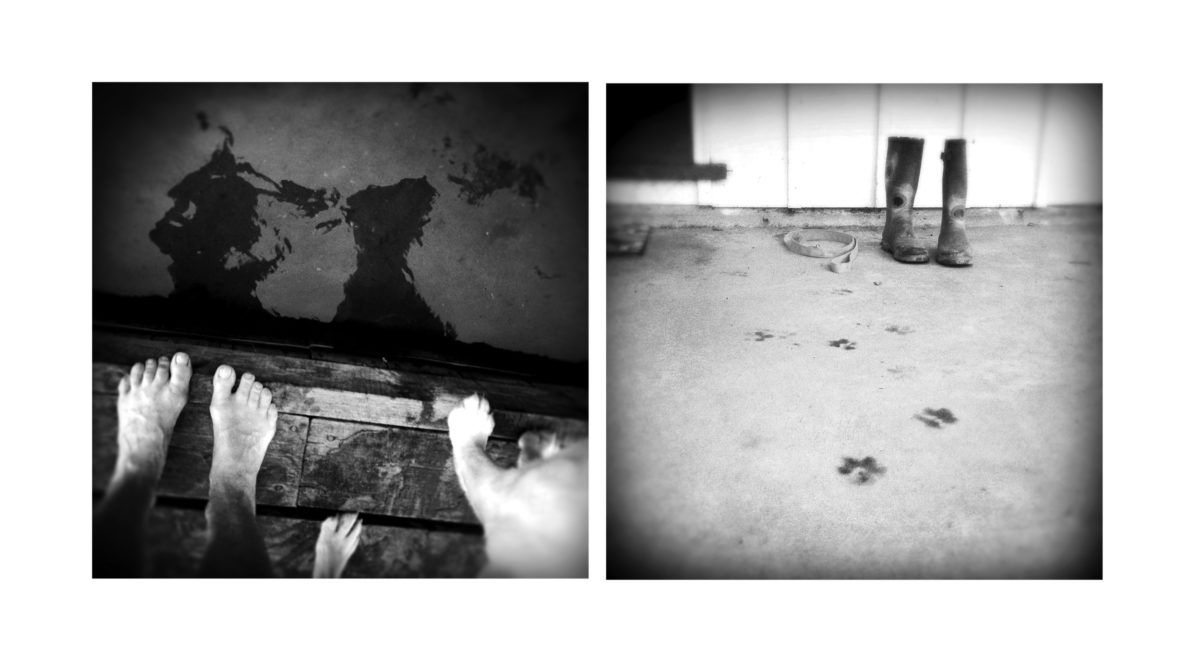
From ‘Benny Was a Good Boy’ © Catherine Panebianco
CB: Are the people who appear in your photographs more important than just being a figure in the landscape?
CP: In the photos for Anima Fabula and Benny Was a Good Boy, the figures are me. In No Memory is Ever Alone, the figures are my relatives, my family. Generally, I try not to make the photograph about a specific person or about me. The people in my photos are never just a figure in the landscape for me. They tend to represent a more universal subject. I want the figure to speak in a more universal language so the viewer can feel they are part of the story. In No Memory is Ever Alone, I wanted the slides of my family to represent ‘family’ in general.
CB: I never like to use photographic technique as a crutch for talking about someone’s work, but I’m curious how the process of ‘making’ these images informs this project. Let’s talk about how the images are constructed, printed, or manipulated.
CP: Anima Fabula was shot with my iPhone and manipulated in apps in on the phone. I have composited two images into one in many of these photographs and that was done in Photoshop. I found that composites helped reinforce the connection between humans and animals – that our souls are one – and the composites helped communicate this through the series. I’m still experimenting on how I want to show this series. I recently tried some of the images on silk and printed on Japanese paper with InkAid because I wanted a more ethereal presentation of the series to go with the soul/spirit connection.
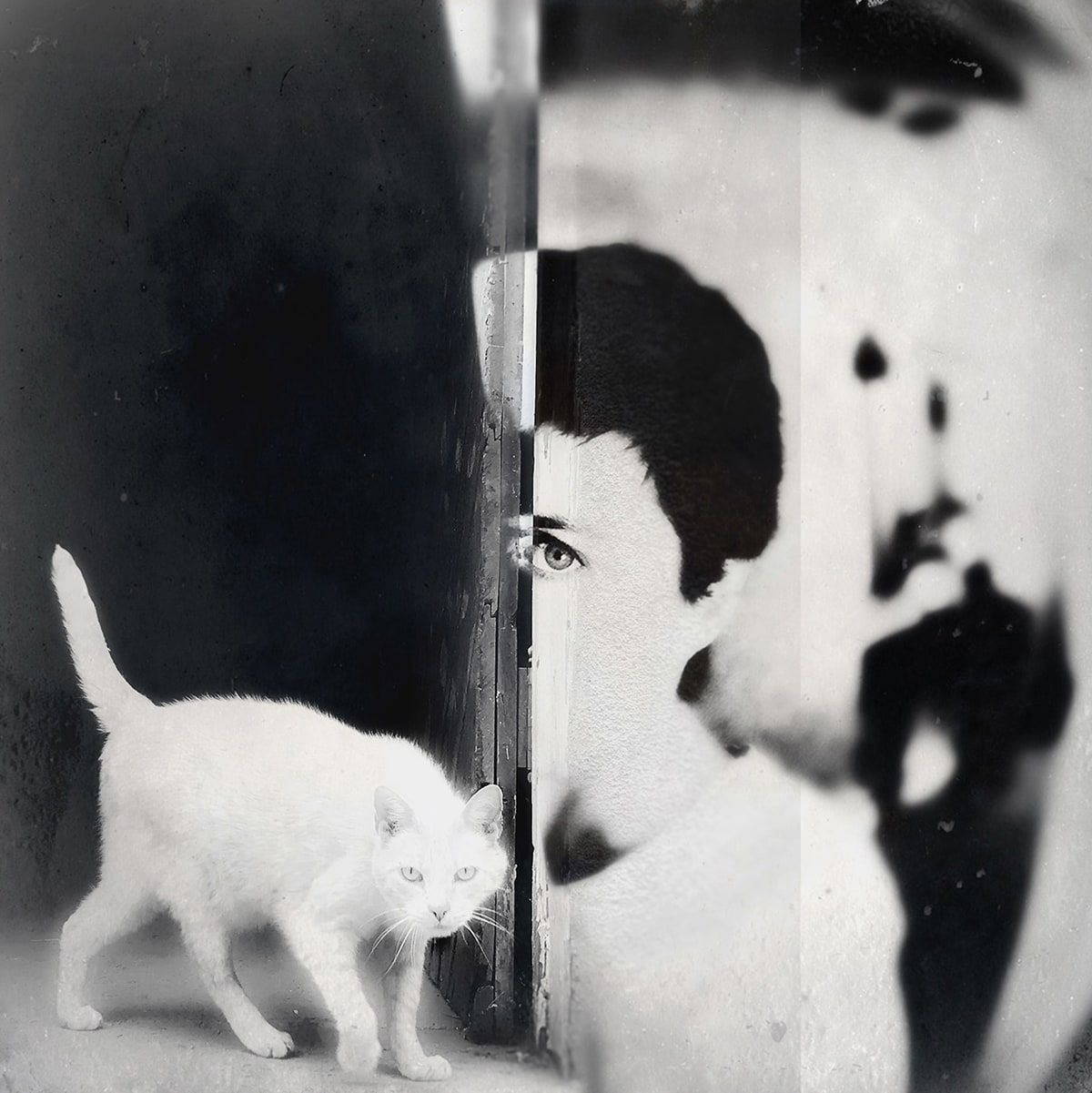
From ‘Anima Fabula’ © Catherine Panebianco
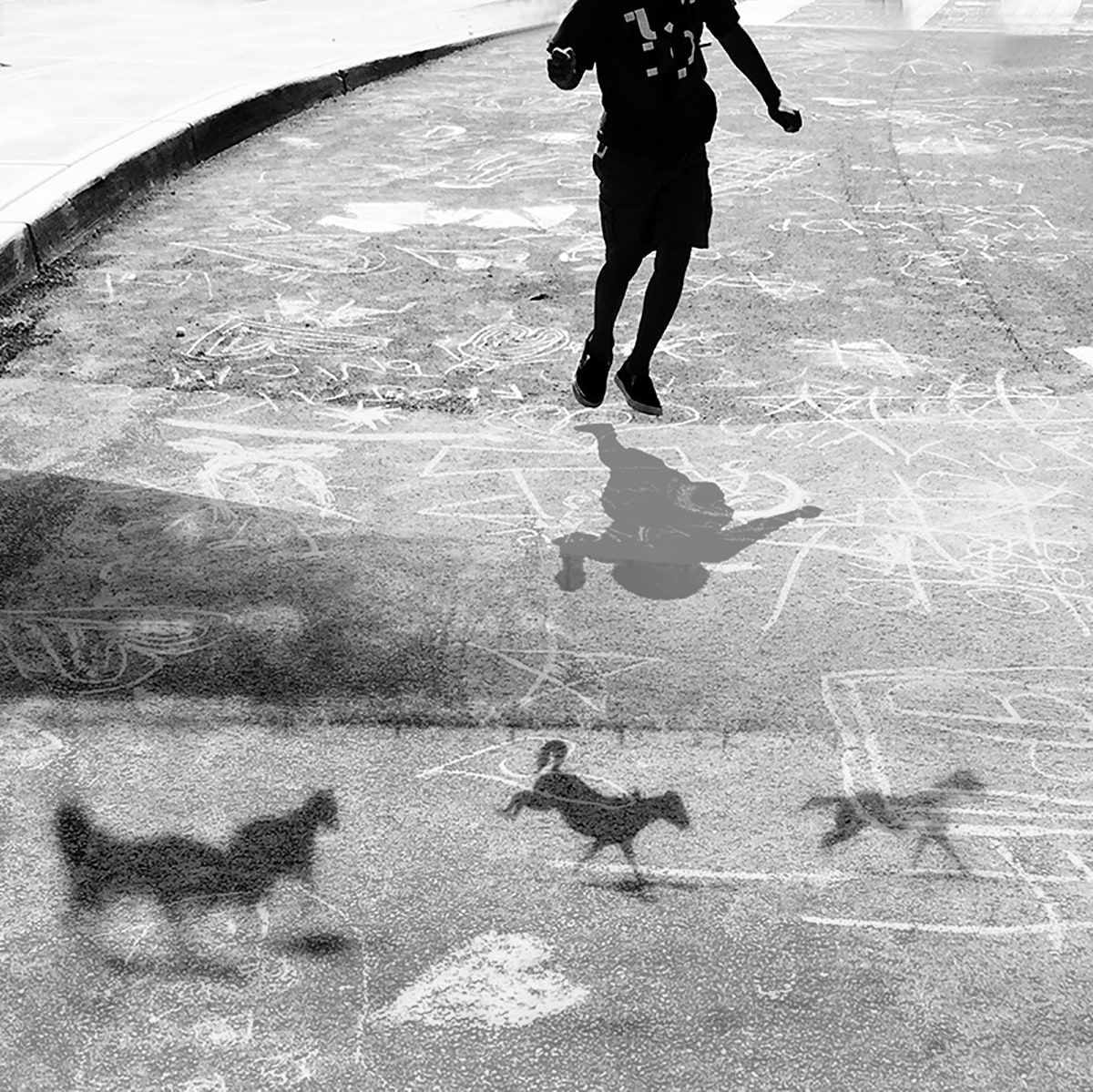
From ‘Anima Fabula’ © Catherine Panebianco
CB: How does Anima Fabula differ from other work you make, or how is it similar – and why?
CP: This series is also about connection, and it’s visually similar to Benny Was a Good Boy. When I photograph in black and white, I’m drawn to a dreamy, grainy, spirit-like feeling in my photographs to match the emotion I am creating.
CB: Anima Fabula has all black and white images – why do you choose to work in monochrome for this project, versus in color for the “No Memory is Ever Alone” project?
CP: I chose black and white vs. color depending on the mood and emotion I’m trying to achieve, and I usually know almost immediately which direction I will go. Anima Fabula and Benny Was A Good Boy were black and white because it complements the emotion I wanted in these two series.
No Memory is Ever Alone had to be color. The slides are such an important part of the project and of my family’s tradition that I wanted to include them much like I saw them displayed on the screen by my dad at Christmas time with my family. Color also enhanced the nostalgic feeling of the 1950s and 60s that I was also trying to achieve against the modern background.
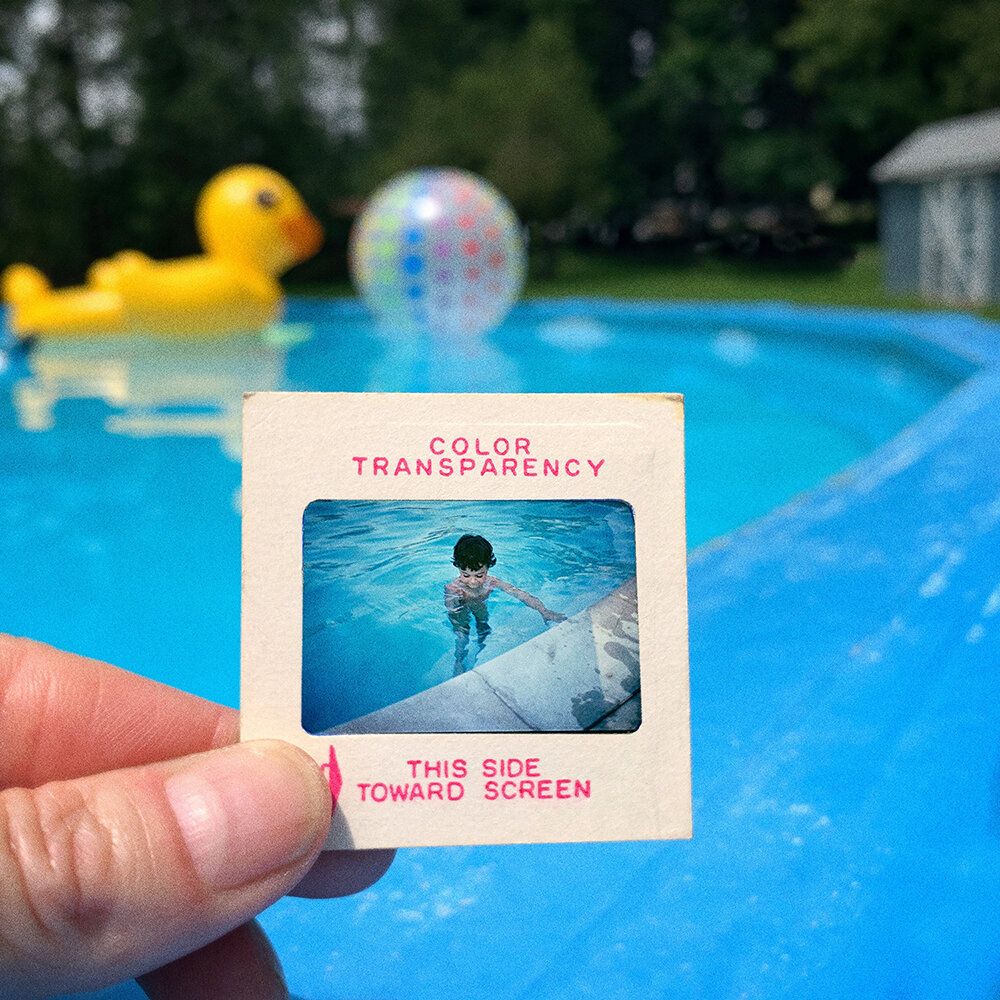
From ‘No Memory is Ever Alone’ © Catherine Panebianco
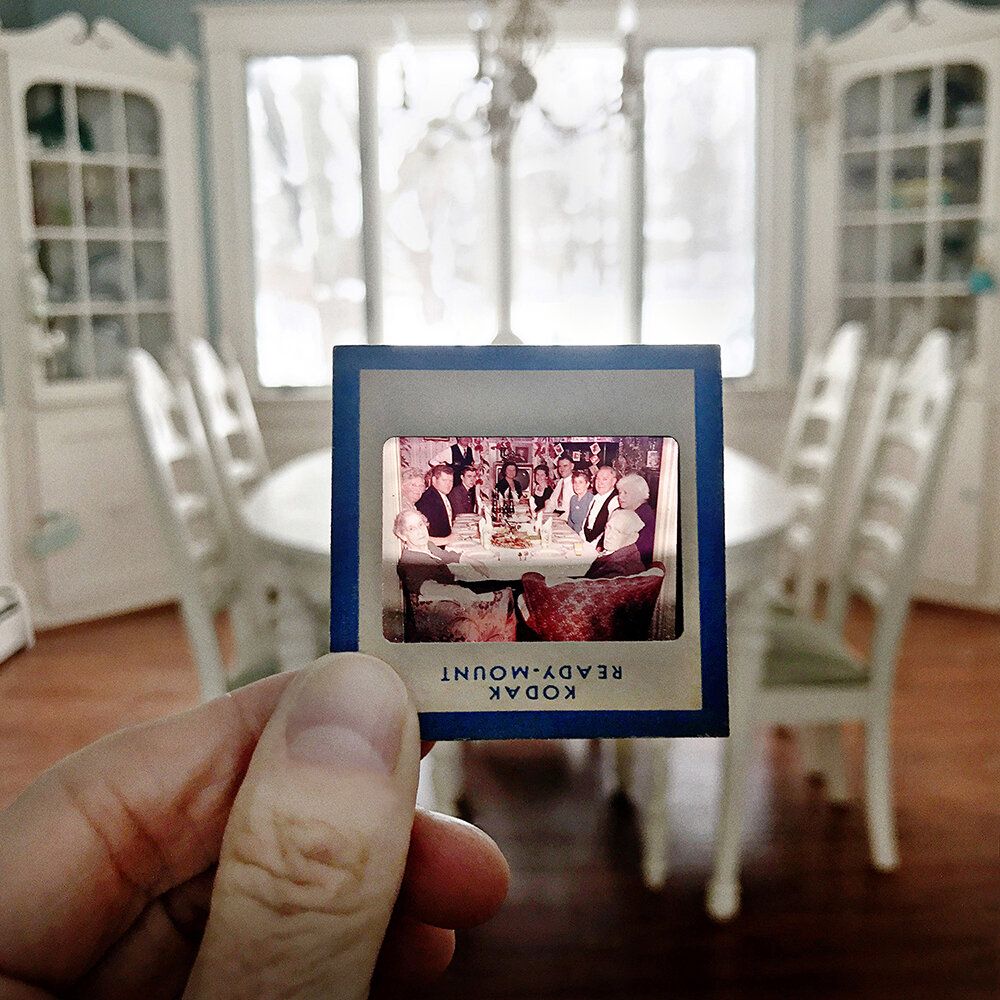
From ‘No Memory is Ever Alone’ © Catherine Panebianco
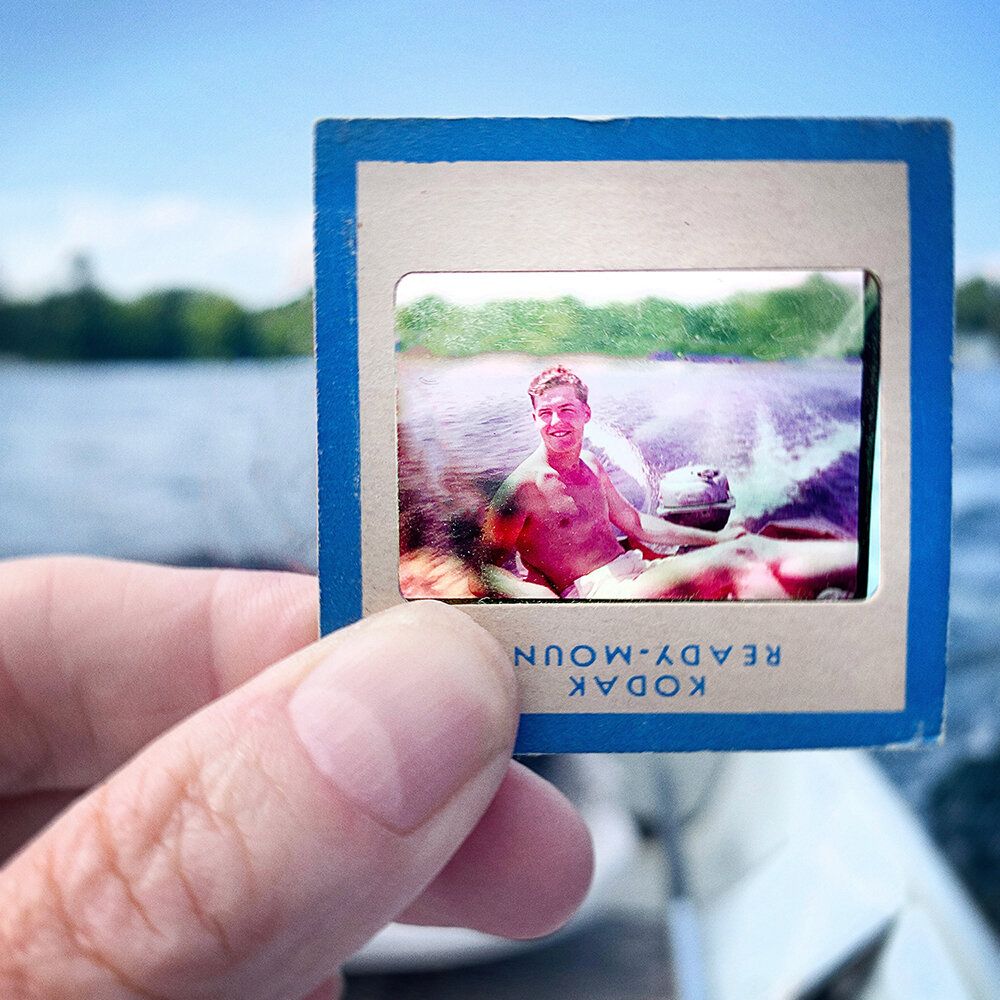
From ‘No Memory is Ever Alone’ © Catherine Panebianco
CB: There are elements of nature, wildlife, landscape, man’s inclusion/interaction with nature in your work – can you comment on why you choose to depict these elements in the way you do?
CP: Our inclusion/interaction with nature/landscapes is important to me because, as I mentioned earlier on, I moved to different places a tremendous amount as a kid. I have always been searching for that sense of place or home, and a connection to those places. I think how I interact with nature/wildlife/my landscape (or how my family interacts with my current landscape) helped me to work through where my “place” is in the world and how your loved ones, or how the things you love influence your life.
::
Catherine Panebianco is a Canadian photographer currently based in Jamestown, NY. Her work revolves around family, memory and the spirits that surround us. Her monograph, Holding Time, was published by Yoffy Press in March 2022. Panebianco received the 2020 LensCulture Critics Choice Top Ten Award, 2020 CENTER’s Project Launch Award and was a 2019 Photolucida’s Critical Mass Top 50, and 2020 and 2016 Critical Mass Finalist. Her work has been exhibited widely in the U.S. and internationally and her work has been featured in la Repubblica, The Guardian and
B + W Magazine.
Location: Online Type: Black and White, Featured Photographer, Interview
Events by Location
Post Categories
Tags
- Abstract
- Alternative process
- Architecture
- Artist Talk
- artistic residency
- Biennial
- Black and White
- Book Fair
- Car culture
- Charity
- Childhood
- Children
- Cities
- Collaboration
- Community
- Cyanotype
- Documentary
- Environment
- Event
- Exhibition
- Faith
- Family
- Fashion
- Festival
- Film Review
- Food
- Friendship
- FStop20th
- Gender
- Gun Culture
- Habitat
- Hom
- home
- journal
- Landscapes
- Lecture
- Love
- Masculinity
- Mental Health
- Migration
- Museums
- Music
- Nature
- Night
- nuclear
- p
- photographic residency
- Photomontage
- Plants
- Podcast
- Portraits
- Prairies
- Religion
- River
- Still Life
- Street Photography
- Tourism
- UFO
- Water
- Zine

Leave a Reply